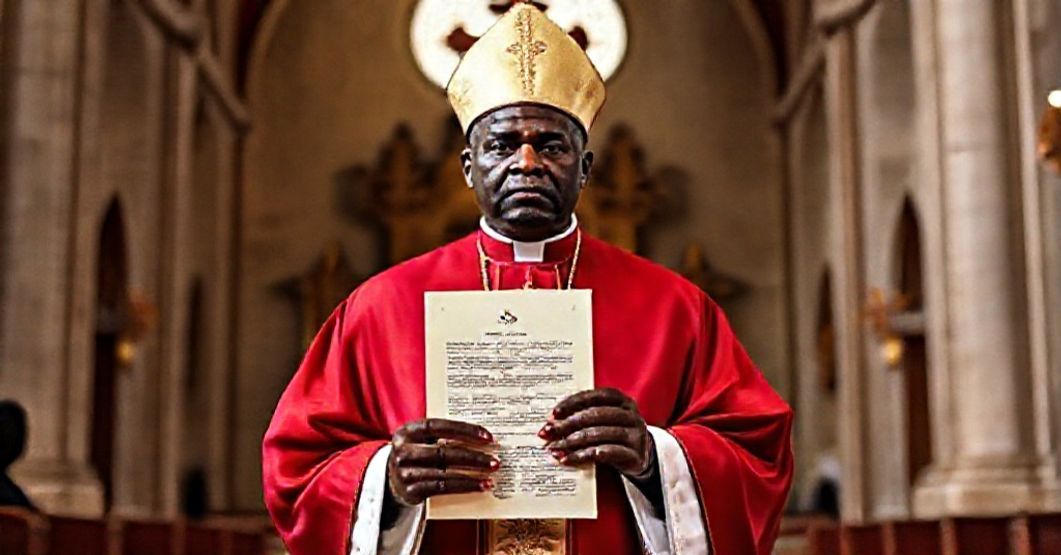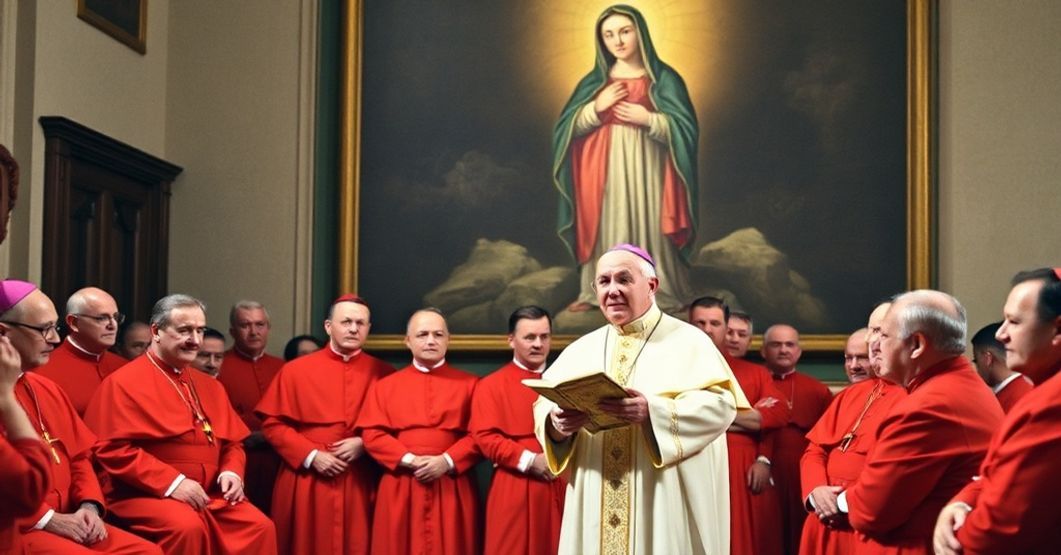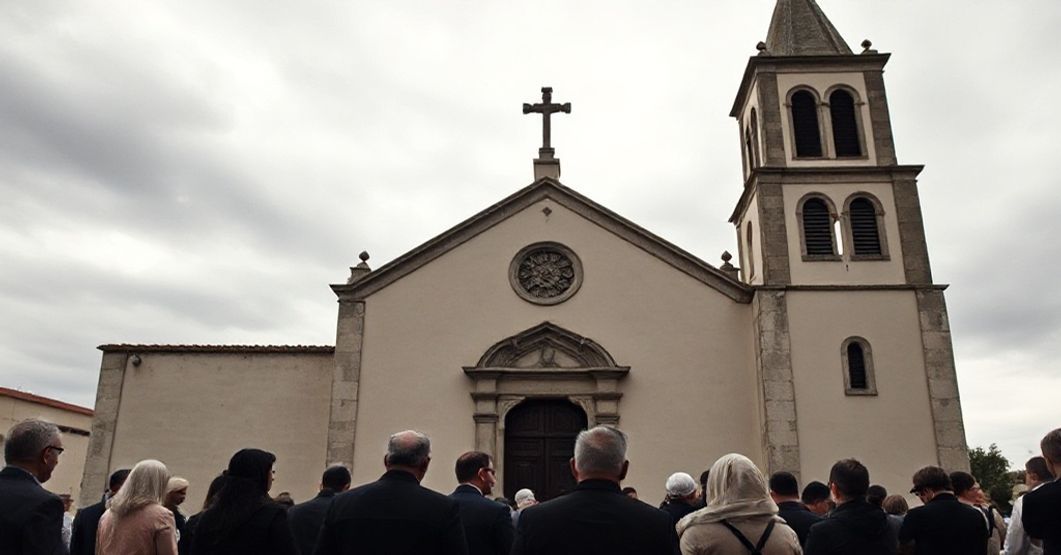Antipopes of the Antichurch



















Timeline of this heretical pontiff
Encyclical Letters
+ 15 posts1959
+ 7 posts1961
+ 4 posts1962
+ 2 posts1963
+ 2 postsApostolic Exhortations
+ 3 postsApostolic Constitutions
+ 93 posts1958
+ 6 posts1959
+ 87 postsMotu Proprio
+ 15 posts1958
+ 1 posts1959
+ 1 posts1962
+ 11 postsApostolic Letters
+ 151 posts1958
+ 4 posts1959
+ 63 posts1960
+ 78 posts1961
+ 1 posts1962
+ 4 posts1963
+ 1 postsSpeeches
+ 99 posts1958
+ 2 posts1959
+ 26 posts1960
+ 29 posts1961
+ 16 posts1962
+ 24 postsMessages
+ 6 posts1959
+ 4 postsHomilies
+ 4 postsLetters
+ 152 posts1958
+ 1 posts1959
+ 48 posts1960
+ 32 posts1961
+ 31 posts1962
+ 30 posts1963
+ 10 postsNot categorized
+ 1 posts1958
+ 1 postsNews feed


Allocutio Ioannis XXIII (1962.02.27)
John XXIII’s 27 February 1962 allocution at the close of the fourth session of the Central Preparatory Commission for Vatican II presents itself as a pious exhortation on priestly vocations and seminaries: he recalls Trent’s legislation on seminaries, emphasizes holiness, discipline, prayer, and sound studies adapted to “the new age,” invokes St Gabriel of Our Lady of Sorrows as a model of youthful sanctity, and links the conciliar preparation with the Church’s hope for renewed, holy clergy serving the spiritual good of all. Beneath this seemingly edifying surface stands the calculated use of traditional vocabulary as a cosmetic veil for an agenda ordered toward the conciliar revolution, the neutralization of Tridentine rigor, and the substitution of the public reign of Christ the King with a sentimental cult of “renewal” prepared to capitulate before the modern world.


MUNDUENSIS (1959.02.19)
The Latin text issued under the name of John XXIII on 19 February 1959, titled “Munduensis,” announces the elevation of the Apostolic Prefecture of Moundou (in former French Equatorial Africa) to the rank of diocese, assigns it as suffragan to Fort-Lamy (Banguensis), entrusts it to the Capuchin Friars Minor, designates Moundou as the episcopal see with the church of the Sacred Heart as cathedral, regulates its temporal goods and canonical administration, and threatens canonical penalties against anyone who would contravene these norms.


La allocutio (1962.02.20)
The allocution of John XXIII on 20 February 1962, opening the fourth session of the Central Preparatory Commission for Vatican II, is a brief Latin discourse: it recalls earlier meetings, laments the deaths of three cardinals, rejoices at the presence of Cardinal Wyszynski and his Marian gift from Czestochowa, envelops all in pious sentiment about the communion of saints, and entrusts the conciliar work to the intercession of the Blessed Virgin Mary, presenting the Council as an effort “to promote the glory of God and the coming of His Kingdom on earth” and to “prepare for the Lord a perfect people.”


Iquiqüensis (Aricensis) (1959.02.17)
The document establishes, by an alleged “apostolic” act of John XXIII, a new territorial ecclesiastical unit in Chile: from the Diocese of Iquique a portion of territory (“Departamento civil de Allea,” with a specified exception) is detached to erect the so‑called “prelatura nullius Aricensis,” defining its borders, assigning Arica as its see, designating the church of St Mark the Evangelist as prelatial temple, regulating its dependence on the metropolitan see of La Serena, outlining its temporal goods, seminary obligations, transfer of archives, and executive implementation by Sebastianus Baggio as nuncio. In other words, it is a piece of bureaucratic cartography that presumes an authority it no longer possesses and exemplifies the new geography of a structure already in doctrinal rupture with the integral Catholic faith it claims to administer.
Varia
Announcement:
– News feed –implemented
– Antipopes separate web sites with their all documents refutation – in progress
